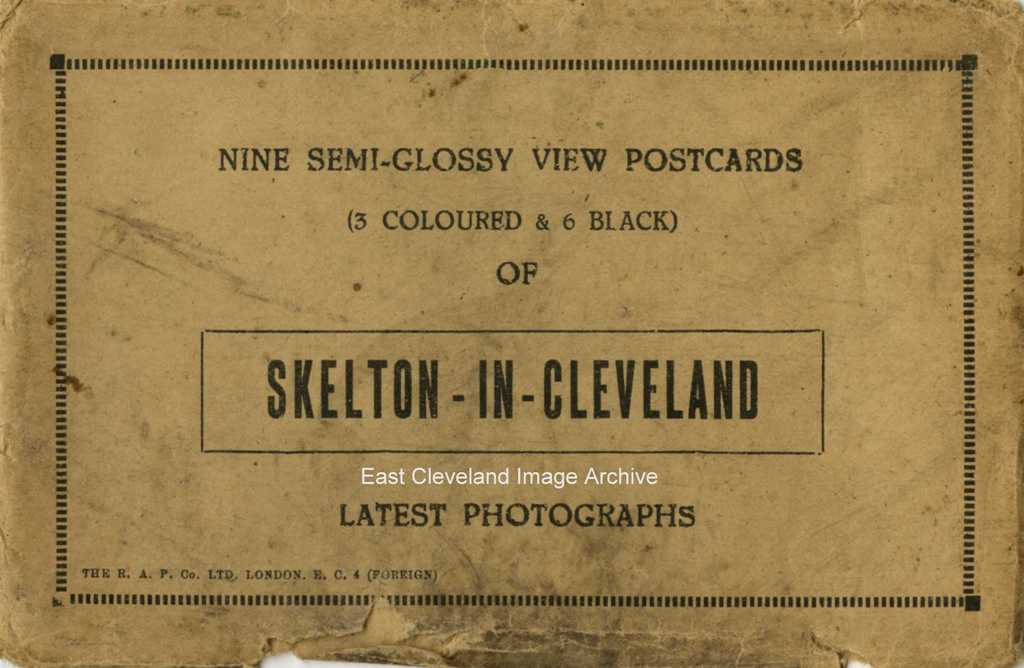
This collection of nine postcard images of Skelton came encased in this explanatory sleeve; produced by The R & P Co. Ltd of London EC4.
Image courtesy of Irene Dickinson.
|
|
||
 This collection of nine postcard images of Skelton came encased in this explanatory sleeve; produced by The R & P Co. Ltd of London EC4. Image courtesy of Irene Dickinson. 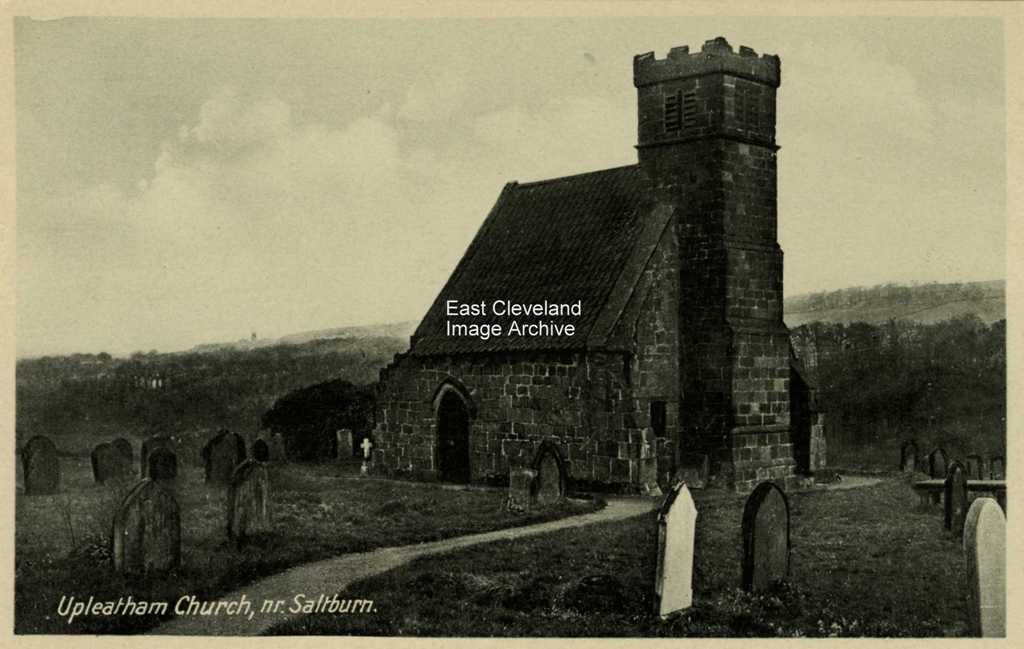 Obviously the postcard company felt this local building of note was worthy of inclusion in Skelton viewpoints. 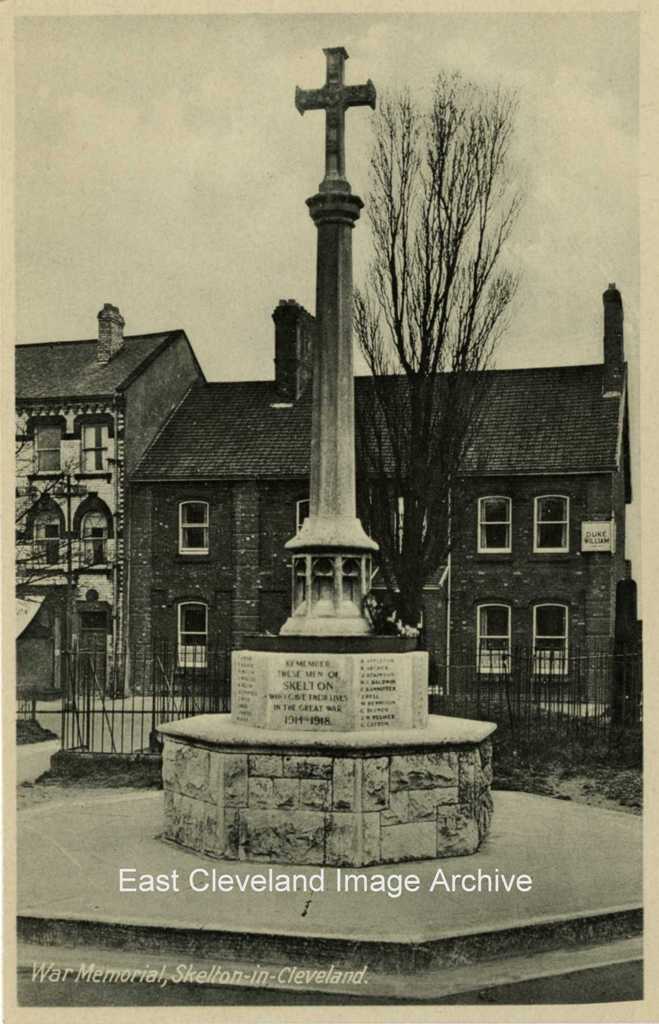 The inclusion of the war memorial gives some indication of the period of production of this postcard series, as prior to the early 1920s memorials were not so prevelant. Image courtesy of Irene Dickinson. 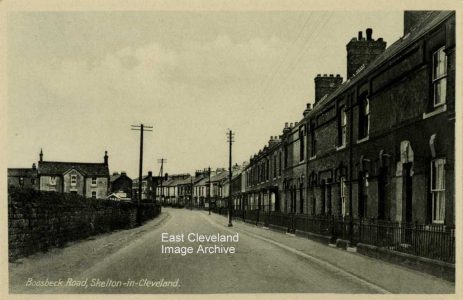 The road today is usually lined to the right with parked vehicles, but the former ironstone miner’s hospital (now a nursing home) still stands at the left of this scene. Margaret Bruce tells us: ”The old Miners’ Hospital on the left of this image was at some point divided into two residences (not sure of the date when this happened). It has certainly been two residences from 1957 to the present day (2016). One residence has access from Manless Terrace only (The Bungalow), while the other part of the house has access from both Manless Terrace and Boosbeck Road.” Mary Jones tells us: ”I’m almost certain this building, or part of it, was used as a surgery by Doctor Rooney in the late 1950s.” Margaret Bruce added: “Doctor Rooney lived in Ardmore House, which is next door to Rawcliffe House and is not shown on this photograph.” Image courtesy of Irene Dickinson; thanks to Margaret Bruce and Mary Jones for the updates. 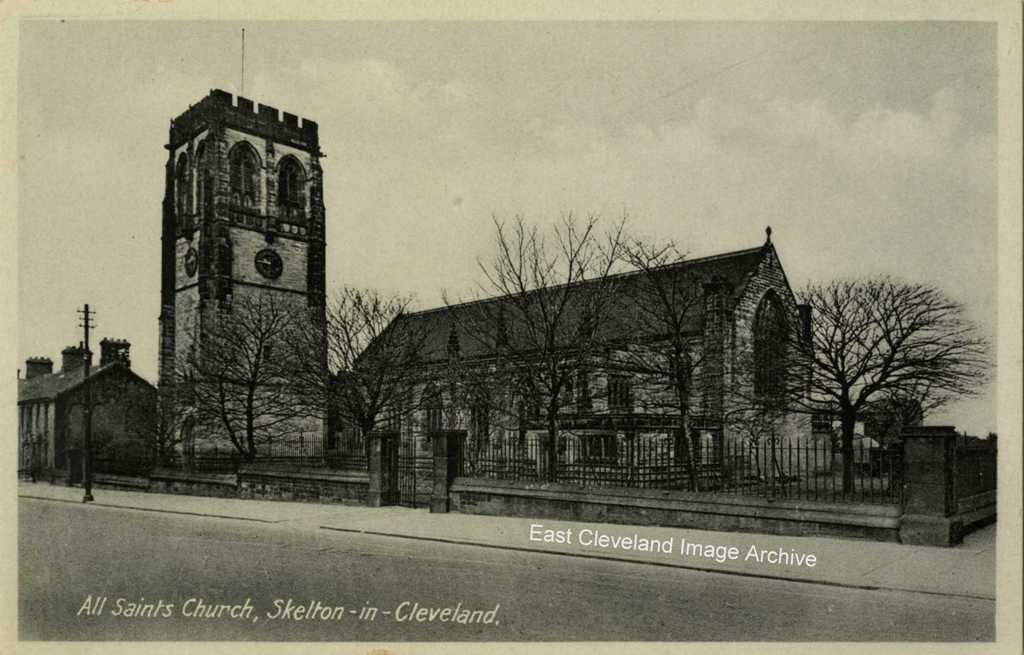 Today the church still dominates the eastern end of the High Street. Although today the trees are more noticeable. Image courtesy of Irene Dickinson. 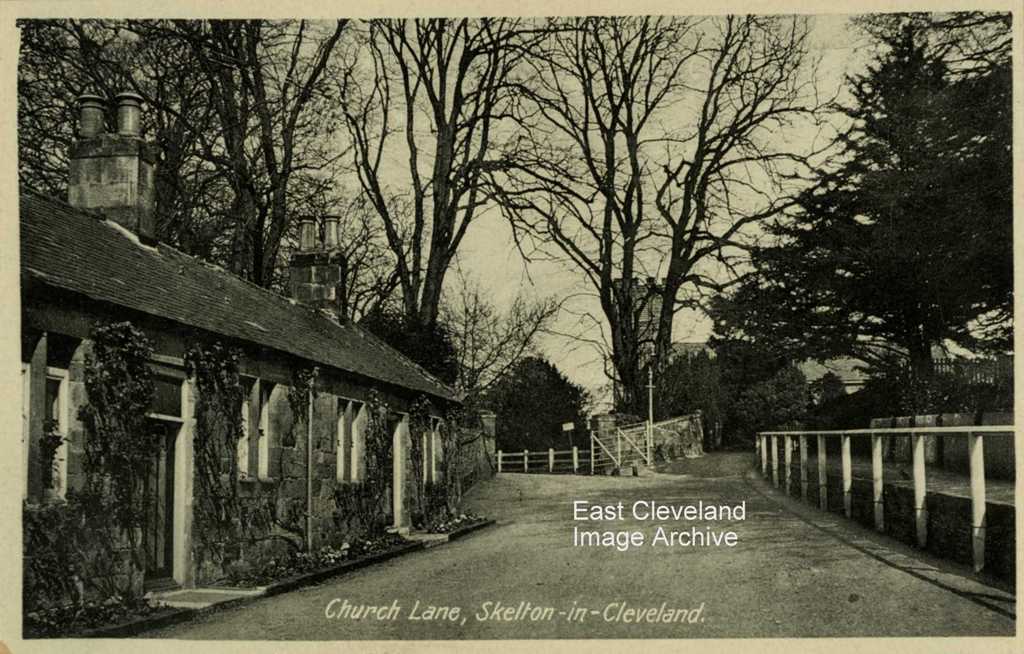 The secondary entrance to Skelton Castle from the Guisborough road; today the cottages still remain in this almost unchanged scene. Image courtesy of Irene Dickinson.
The Skelton-in-Cleveland Co-operative Society building still dominates the High Street, but the present day white glazed frontage does not show the building to best effect. 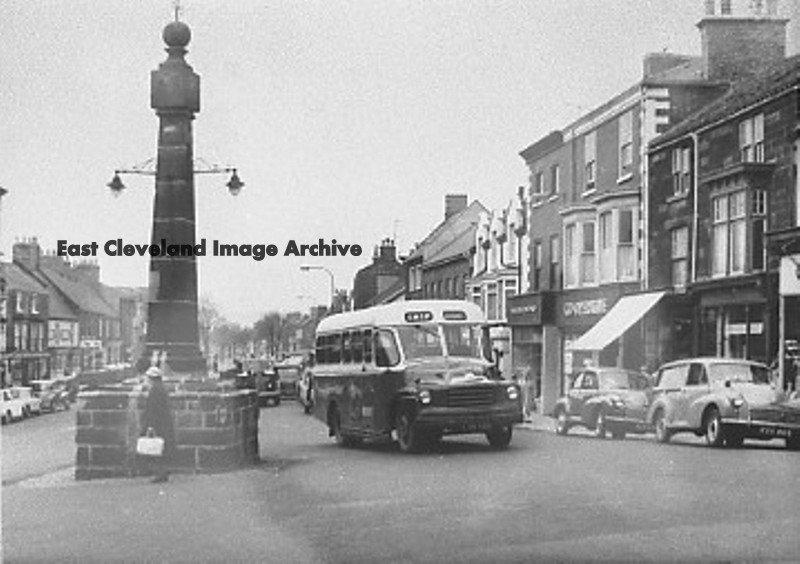 Guisborough Market Cross, long before the present traffic and pedestrian lights. No wide pavement and possibly about 1950. Having said we were unsure of a date, Rod Scase tells us: ”About 1960 by looking at the cars.” Image courtesy of Geoff Patton and thanks to Rod Scase for the update. 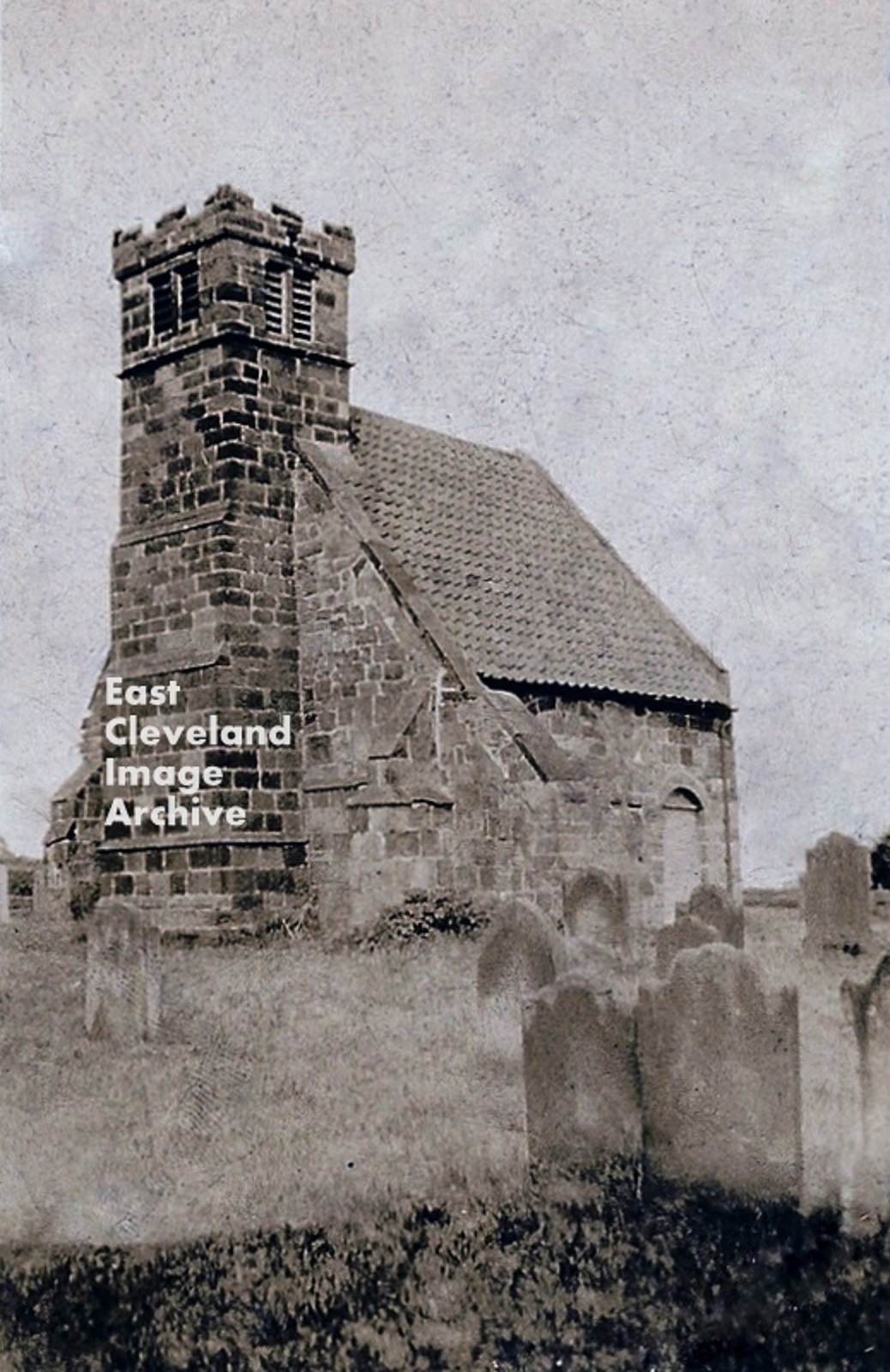 A photograph view of Upleatham Church – possibly the most ”snapped” small church in England? – dating from about 1920. 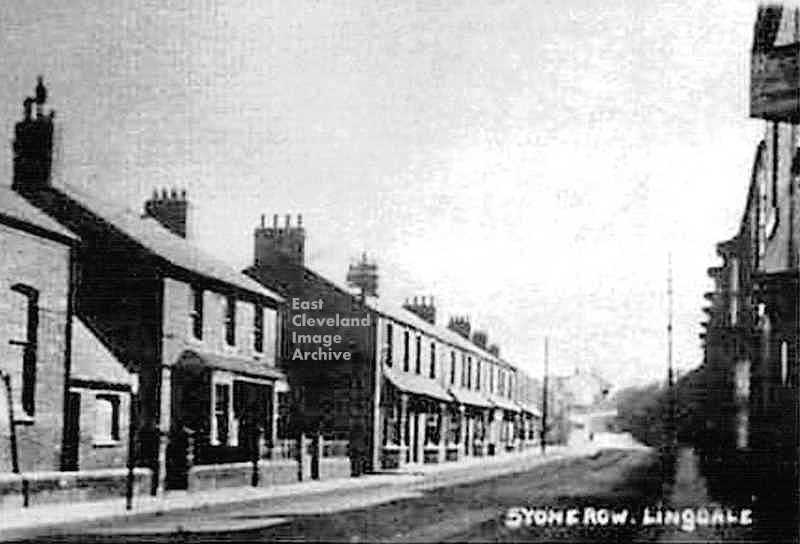 This view of Stone Row, with the Lingdale Tavern on the right shows buildings which are little changed today! Image courtesy of Maurice Grayson. |
||
Recent Comments